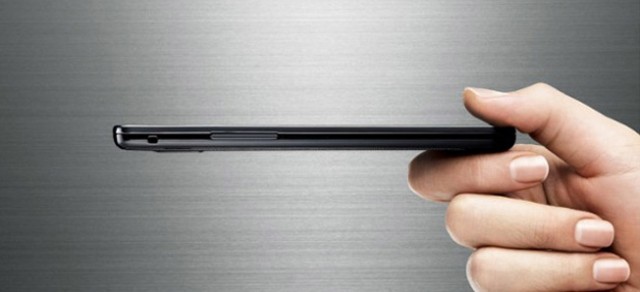
There are two rumours hitting the internet today, one of which is most likely true, the other one is likely overblown. With millions of dollars in sponsorships, Samsung is going to be everywhere at this summer’s London Olympics, and you can bet that whatever they’re announcing on May 3rd is going to play a big part.
Indeed, the Galaxy S III, or whatever it is called, is rumoured to be the official phone of the Games, though what they entails at the moment is uncertain. It could mean agreements with IOC employees to exclusively use the device, or it could mean endorsement deals with high-profile athletes. It could also mean very little, as these “Official ___ of ___” moves often do, but we’re guessing Samsung is going to capitalize on its increased brand exposure as best it can.
The other rumour floating around is an insidious one, meant to lower expectations for the upcoming device in the run-up to its announcement. According to an industry insider, the Galaxy S III will be more evolutionary than revolutionary, claiming it will be more “iPhone 4S” than iPhone 5. Last year many expectant Apple fans were eagerly awaiting a redesigned iPhone with hugely improved specifications, and instead received an identically-designed smartphone with moderately improved internals.
But one has to realize that unless Samsung plans to eat its own lunch, the Galaxy S III has to be iterative. It’s unlikely the rumoured 1080p Super AMOLED Plus display actually exists: provided the screen stays under 5-inches, that would bring its pixel density to over 450ppi. As Steve Jobs never hesitated to point out, anything over 300ppi is “Retina” quality and above the threshold that the eye can detect individual pixels. Most users would be very happy with a 1280×720 non-Pentile Super AMOLED Plus display with improved energy efficiency.
As for the CPU, it’s all but certain that the Galaxy S III will have a quad-core CPU based on the Cortex-A9 architecture. It may be manufactured with Samsung’s new 32nm High-K Metal Gate process, but it’s also possible that, like the Nvidia Tegra 3, it will maintain a 40nm process and have software-based battery enhancements.
It’s also possible that there will be 1.5 or even 2GB of RAM, but do we need that much? RAM is power-intensive, so an over 1GB means one more thing sucking up precious battery life. As for internal storage, it’s all but certain the GS3 will come standard with 32GB and will likely eschew any expandable microSD storage. As Android 4.0 Ice Cream Sandwich moves towards a more secure, sandboxed environment for apps, removing the potentially-troublesome microSD slot is one more way to prevent piracy.
It’s possible that Galaxy S III may have a higher-megapixel camera than its predecessor, but as we’ve learned time and time again one doesn’t need more pixels, one needs better sensors. The Galaxy S II still has a fantastic 8MP sensor, and improvements to shutter speed, low-light quality and UI will be more highly appreciated than a few more million pixels.
Then there’s battery life. Android’s weakest link and perhaps its greatest opportunity for improvement, most users would likely take a slightly thicker chassis if it meant a significant bump in battery life. Motorola’s Droid RAZR MAXX proved this earlier this year by stuffing a 3300mAh cell into a 9mm shell.
And of course there will be LTE and perhaps a S Pen. And even if the Galaxy S III does come with rumoured face tracking abilities and a reinvigorated push for NFC, they will pale in importance to the phone’s core features: Android 4.0 running smoothly and stably.
But rest assured, even if there are “evolutionary” improvements to the Galaxy S III, it will still be the most desirable Android phone of the year. Samsung’s already got that covered.


